RentRange, an industry leader in market data and analytics for the single-family rental housing industry, found in its recent metro report on Dallas-Fort Worth, that this Midwest metropolis continues its measured growth in both home value and rental rate appreciation. Annual job growth by volume leads the nation with a large cohort of high paying technology and finance jobs. The current demand for single-family rentals (SFR) is strong and inward migration to the area will continue to put upward pressure on prices.
Job Growth
According to the BLS Job Report through September 2019, the Dallas-Fort Worth market has been a solid market for real estate investment in the last few years.
As stated in the report, Dallas takes the number one spot for volume of jobs gained with 117,300 jobs in the 12 months ending in September, beating out New York and Houston. This is 50 basis points over Houston for job creation in the state of Texas.
The Dallas-Fort Worth job market continues to outperform the state of Texas and the national average of 1.4 percent. Dallas-Fort Worth saw a 3.2 percent increase in jobs between September 2018 and September 2019, adding 117,300 non-farm positions. This ranks Dallas 30th versus all other major metropolitan areas. Ranked against only the largest MSAs of over 600,000 residents, Dallas ranked fourth.
For the job categories in Dallas-Fort Worth, growth from September 2018 to September 2019 was led by the Professional and Business Services sector (19,100 jobs), followed by Finance (16500 jobs), Construction (9,000) and Trade/Transportation & Utilities (6,300 jobs).


In 2018, the Computing Technology Industry Association named Dallas the sixth best technology center in the U.S. ahead of Seattle and Denver, claiming Dallas has “the largest tech labor force in the South.”
The unemployment rate for Dallas was 3.3 percent in summer 2019. That was slightly lower than the national average for the same period, and down sharply from the 8.7 percent peak reached during the last recession. A strong job market supports the Dallas-Fort Worth real estate market in two ways: it attracts new residents into the area, which increases demand for housing.
All information stated in the Job Growth section is from the BLS Job Report.
Population
According to the latest ACS Data Report, the Dallas-Fort Worth metro ranks fourth in population of the top MSAs with nearly 6.4M, while Houston is in the sixth position with 5.9M residents.
The report also states that the Dallas metro added 139,000 residents between 2017 and 2018, which is a 1.89 percent rise. Over a three-year span between 2015 and 2018, the city welcomed over 430,000 residents (6.17 percent increase). Solid job growth in high-paying jobs with a reasonable cost of living continues to draw new residents to the area.
Rent and Home Price Metrics
The median home value in Dallas-Fort Worth was $238,000 in September 2019, up 4.3 percent year over year.
Home price appreciation has slowed in the last year versus a five-year growth of 48.8 percent and a 10-year surge in prices of over 76 percent. San Antonio and Austin markets show the largest year-over-year growth of other Texas markets, where both were over eight percent appreciation year-over-year.

Current rent-to-income ratio is a 32.18 percent, which is right at the national average for metro MSAs, and only marginally less than Houston (32.4 percent).
As of September 2019, the average three-bedroom, single-family rental home in Dallas, is $1,710, second to Austin at $1,805 and $45 more than Houston at $1,665. The one-year change for a three-bedroom detached SFR is 3.57 percent, a $59 increase.
Many markets across the country have slowed their explosive growth in the last year; however, Dallas is below the 5.5 percent national average rental price increase for three-bedroom SFRs. Memphis, TN and Phoenix and Tucson, AZ markets led the country with over 13 percent year-over-year rental increases.
The University Park/Highland Park submarkets show the highest rents in the metro. Zipcode 75205 specifically, tops the list at $2,925. South Dallas/Cedar Crest and areas just east of Fort Worth range between $1,200 and $1,400 for a three-bedroom SFR.

Saturation, Vacancy & Yields
Dallas-Fort Worth rental saturation for single-family properties (non-owner-occupied properties versus total) comes in at a relatively low 19.15 percent. Houston is higher at 21.1 percent. This indicates there is still plenty of room for investors.
One potential downside to the market is the presence of large investors competing for available inventory. Large real estate investors with over 100 properties in their portfolio collectively own 6.3 percent of the non-owner-occupied SFR properties. The remainder are owned by small-to-midsize investors and individuals.
Demand is also high for SFR rentals with a 6.4 percent vacancy rate and a moderate SFR rental listing duration of 25 days.
Gross rental yields (excluding expenses) across the top 100 markets are at 8.5 percent. The Dallas-Fort Worth metro comes in at a strong nine percent, while Houston tops the Texas markets with a 10 percent gross yield.
As the data highlights, the Dallas-Fort Worth market remains a strong area for investing in SFR real estate. Market-wide gross rental yields show that the market remains a favorable environment for buy and hold investors looking for cashflow opportunities. Rent-to-income ratios at the national average show the overall market is not overheated; yet, there is still room for home sale and rent prices to grow over time. The data points to a healthy market, which should remain resilient in the event of an economic downturn.




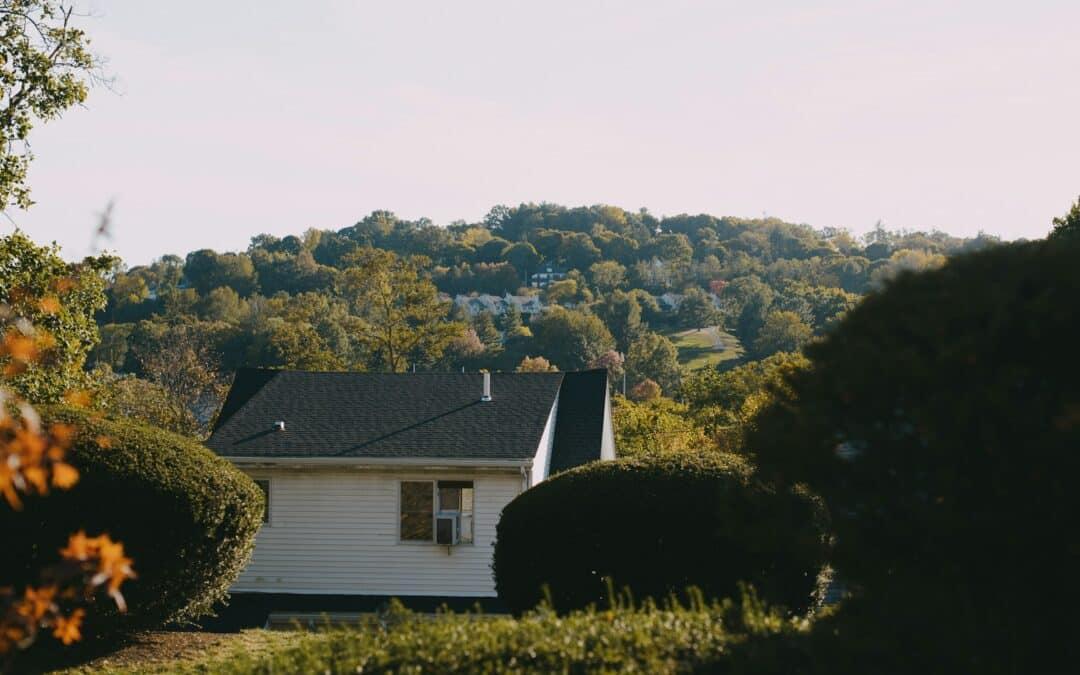
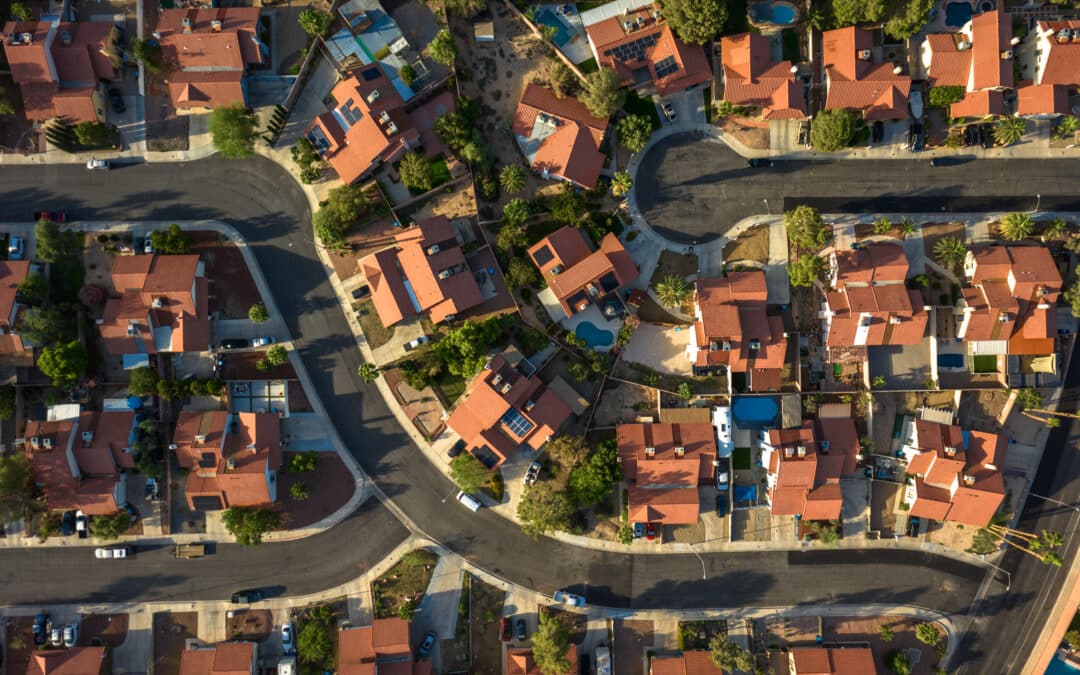



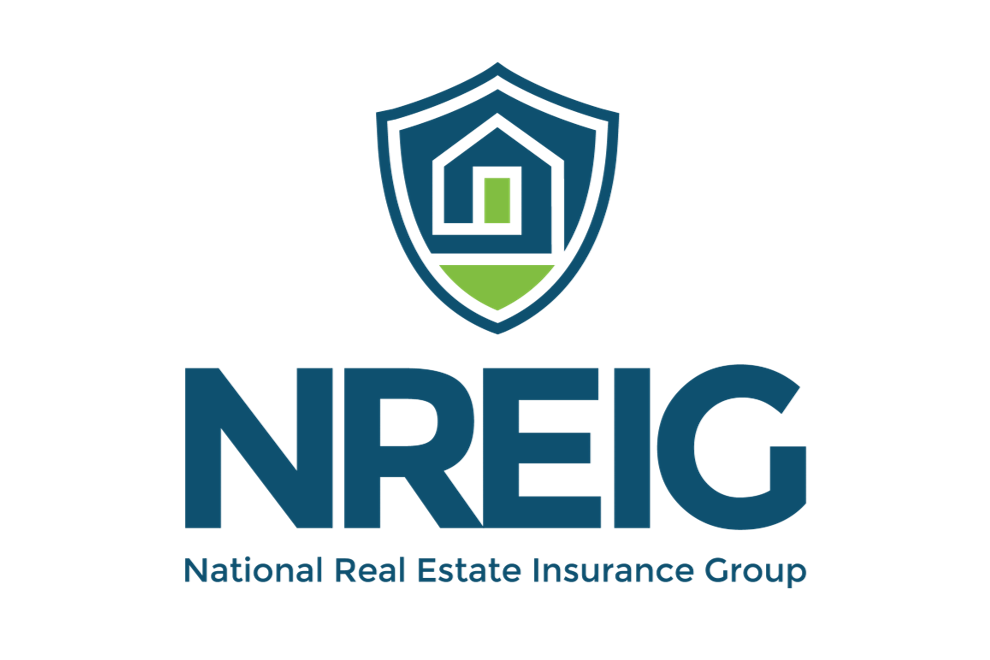


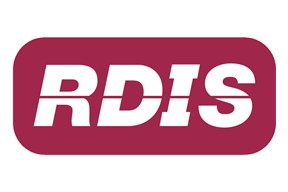
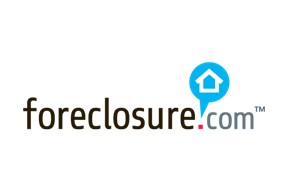

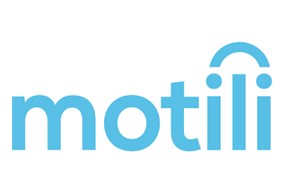


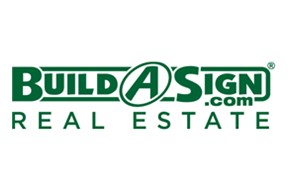
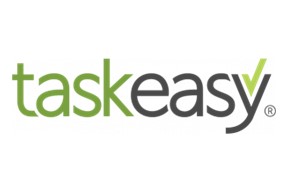

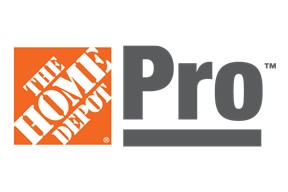

0 Comments